NatGeo Photo Series Makes the Case for Native American Sovereignty
![]()
“We Are Here” is the title of the feature story in the latest issue of National Geographic which is filled with striking photos that showcase the people behind the push for Native American sovereignty.
National Geographic’s story covers a range of Native American tribes and features photos that document the people behind the push for their sovereignty.
“Sovereignty to Native nations means both the freedom to decide one’s actions and the responsibility to keep the world in balance,” the story reads.
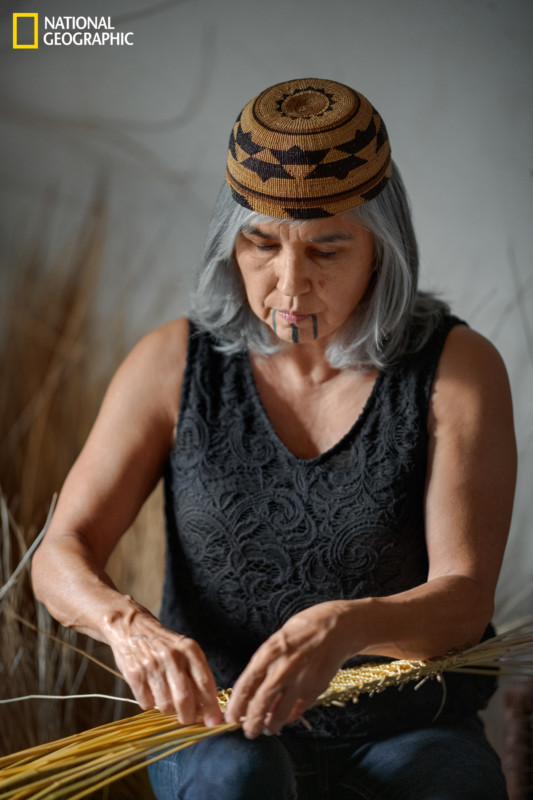
The Indigenous communities of North America have long fought for self-rule and sovereignty, only recently beginning to make progress on the issue in the United States. While Washington has started to cooperate — for example, efforts are underway for the co-management of land with tribes and the Supreme Court has declared half of Oklahoma is still Native American country in 2020 — the magazine brings to focus the arguments that it is still imperative that such advancements continue.
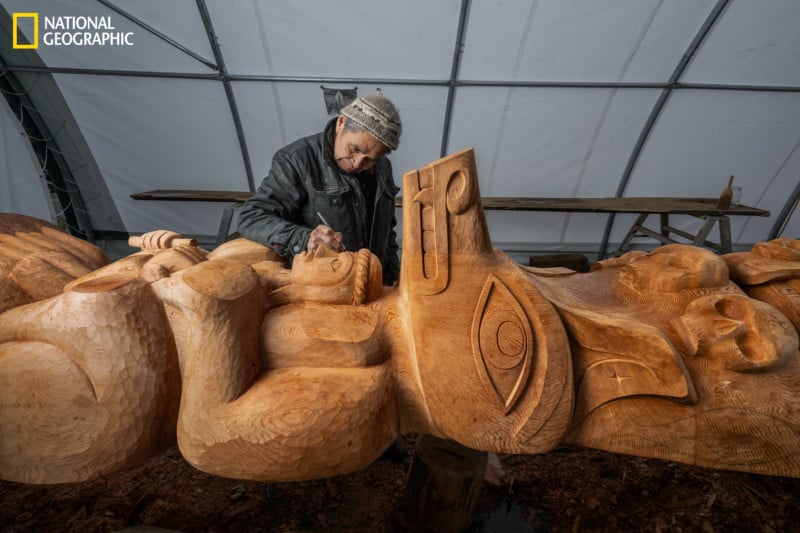
The story is well-timed, as earlier this week, a mountain in Yellowstone National Park was renamed in honor of the Native Americans who were massacred, changing it from Mount Doane to First Peoples Mountain. Gustavus Doane led an attack in 1870 that saw 173 Native American killed, many of them elderly or children who were sick with smallpox.
“We are Here” examines that with amidst global issues such as climate change, intense fires, growing poverty levels, and more, the publication argues that the answers to many of these problems are inherently linked to Native American sovereignty.
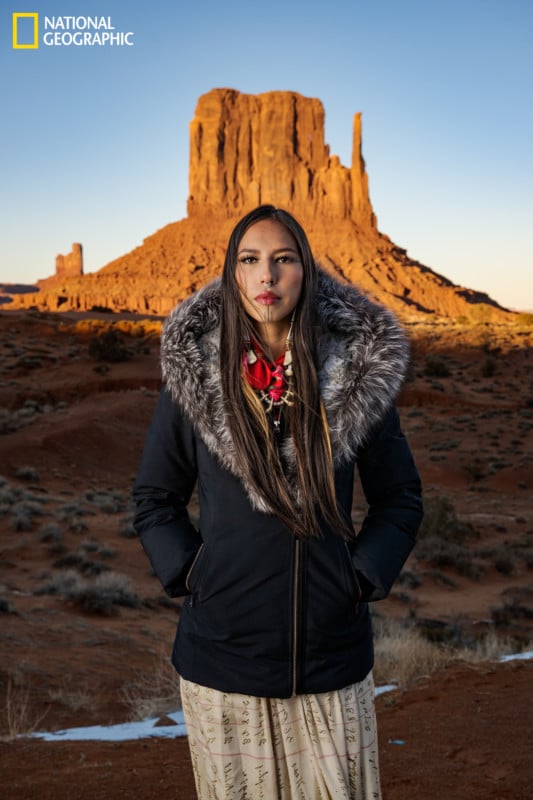
The publication makes the case that Native communities have extensive experience in addressing some of the biggest problems facing the planet today:
Constructing Infrastructure: With the income from their casinos and businesses, the Chahta tribe now constructs roads, supports schools, puts up clinics, and builds homes for their elders. The tribe has erected 17 community centers, one in almost every town in their nation.
Performing prescribed burns on their land: The Karuk, Yurok, Hupa, and the Klamath Tribes keep order by regularly subjecting their terrain to low-level burns that prevent severe fires and maintain uncluttered areas, which promotes game and useful plant species. Unfortunately, with the land no longer theirs (in the eyes of the law), performing such burns is no longer in their jurisdiction. With park services and other government agencies not having the funding or manpower to perform burns, wildfires are occurring at a needlessly high rate.
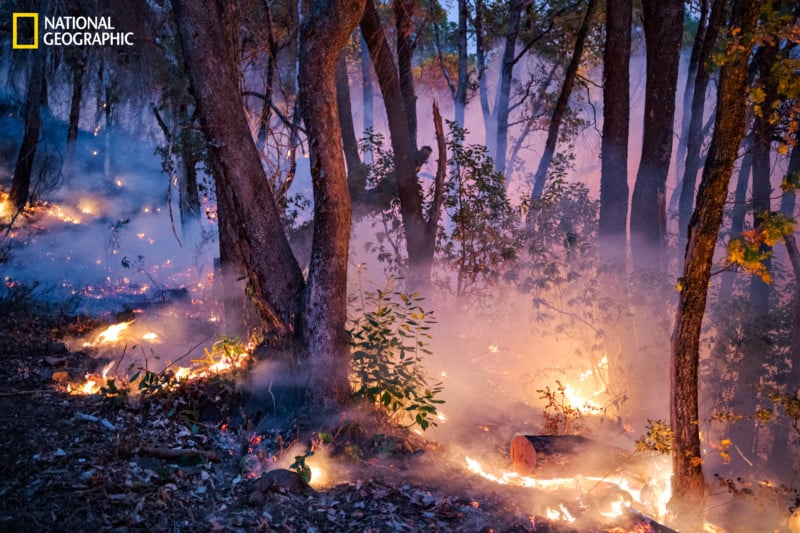
Cultivating cleaner water: Tribes including the Karuk, Yurok, Hupa, and Klamath Tribes which have fought for the removal of dams along the Klamath River, which will help restore the natural river’s flow, improve water quality, and revive the area’s diminished salmon runs.
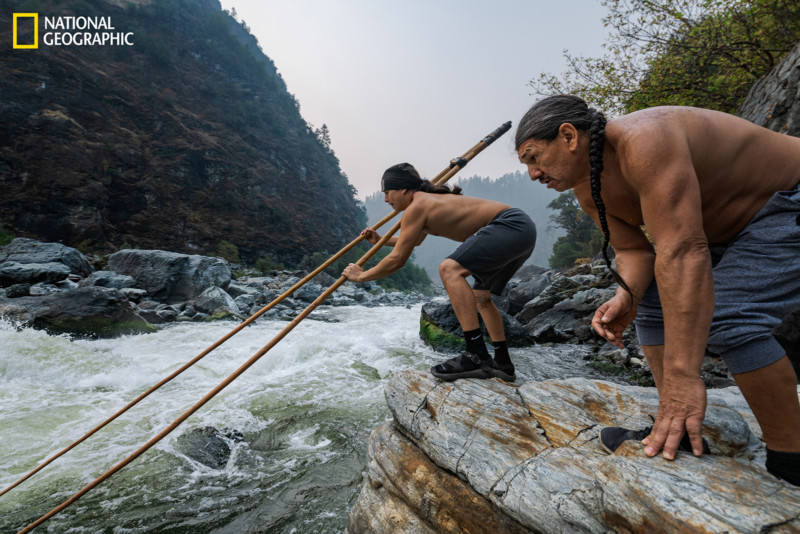
Repopulating buffalo populations: For example, the Siksikaitsitapi have been raising buffalo in Montana after part of calculated attacks on Native land and culture. Today, they have almost a thousand animals and meat is available at the reservation grocery, with the larger goal to create ecosystems teeming with free-ranging buffalo.
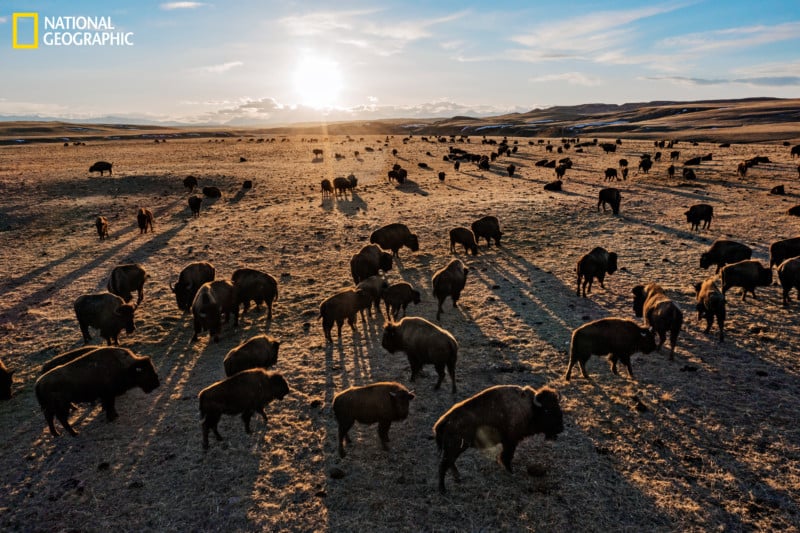
The story of the different tribes is impactful, but so are the photos that help showcase the topic. National Geographic says that the images bring to life the case for Native sovereignty.
For more on this story, visit National Geographic or check out July 2022 issue.